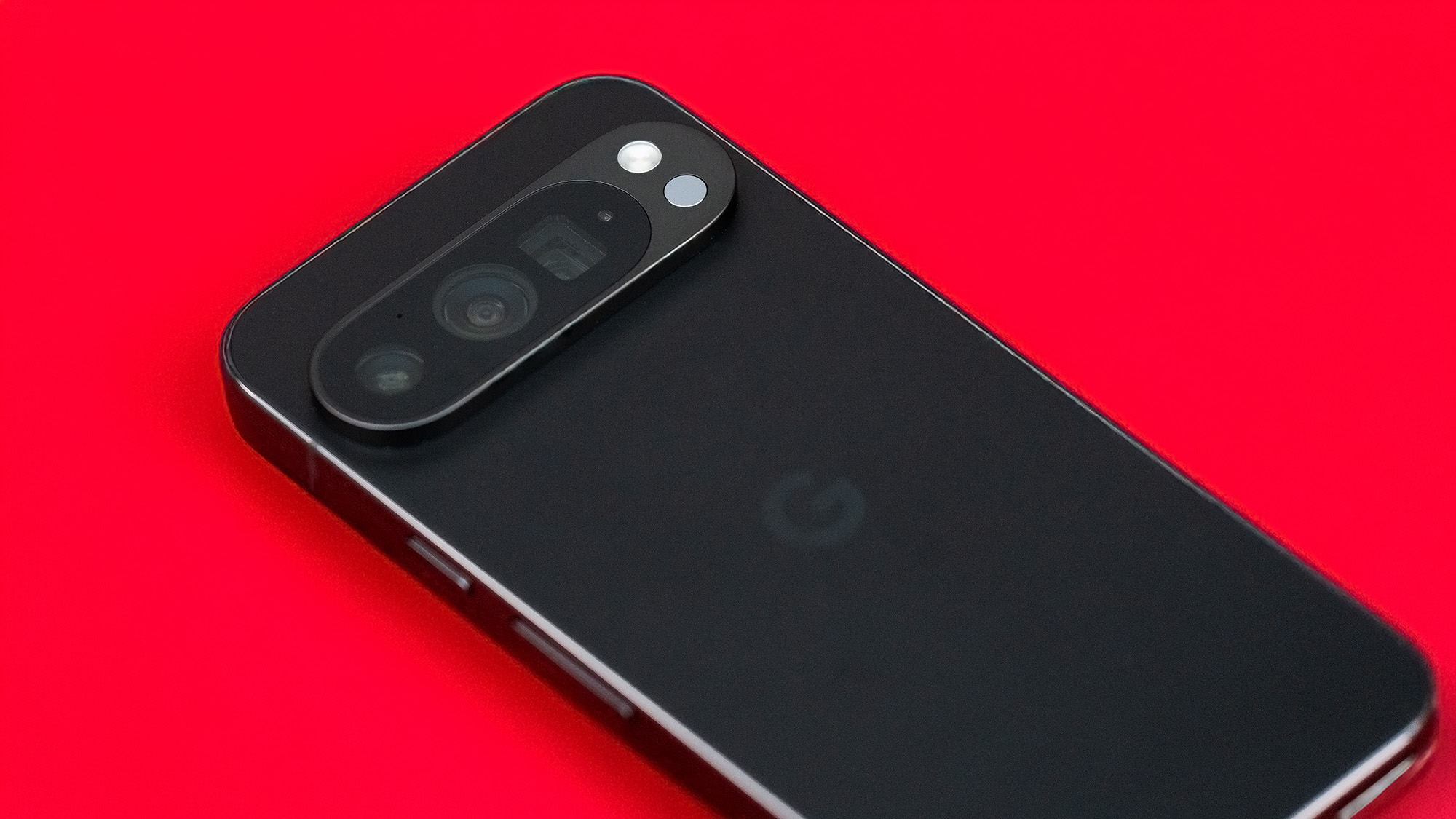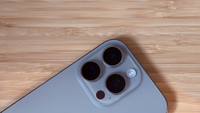Our Verdict
In the Pixel 9 Pro, Google has created a phone that’s easy to handle and easy to use. It may not be riding high at the top of the benchmark charts, but that doesn’t really matter as it works smarter rather than harder. The latest version of Android brings a lot of AI with it, but it can be ignored most of the time, and when you do use it it can feel like magic. A flagship phone is a big investment, so props to Google for making something long-lasting as well as flashy.
For
- Excellent screen
- Excellent cameras
- Seven years of updates
Against
- Flagship prices
- AI absolutely everywhere
- Can feel slippery
Why you can trust Creative Bloq
Recommending a phone to Creative Bloq’s discerning audience is a tricky proposition. Readers who are at home with thunderous tower PCs full of GPUs, or sleek laptops that nonetheless carry the computing power of a whole room of computers from a decade ago, are not going to be impressed by a phone, no matter how fast the CPU inside runs.
What Google has done with the Pixel 9 Pro, however, remains interesting. It takes an excellent camera array and puts it behind a bright OLED screen, then packs the software with AI tricks and gives it a long battery life. There may be phones out there that do better in the benchmark tests, but there are few that are as easy to live with, meaning the Google Pixel 9 Pro stays among the best camera phones on the market.
Design & build
Reviewing phones over the past few years has seen our hands gradually change, in the way moths did during the industrial revolution. Only, instead of blending in better with sooty tree trunks, the phone reviewer’s hand is now wider, its fingers adapted for grasping a chassis that’s significantly broader than the iPhone 3Gs or Samsung Galaxy SII. Turn one of those models up from the drawer of dead tech each of us possesses, and they feel weirdly small. Extra size has caught up with us slowly, in the same way increased girth catches up with our trousers, and a phone like this now feels surprisingly compact.
We say surprisingly because it’s still a 6.3-inch screen - the Galaxy S II was 4.3 inches - but compared to the likes of the Samsung Galaxy S24 Ultra or the Max flavours of iPhone it feels much more usable. Add to this the neatly rounded edges and the way the camera bulge sticks out far enough to use it as a finger rest (if you’re not using a case, and we’d recommend picking one of those up as the phone can be a bit slippery without) and you have something that’s rather comfortable to use.
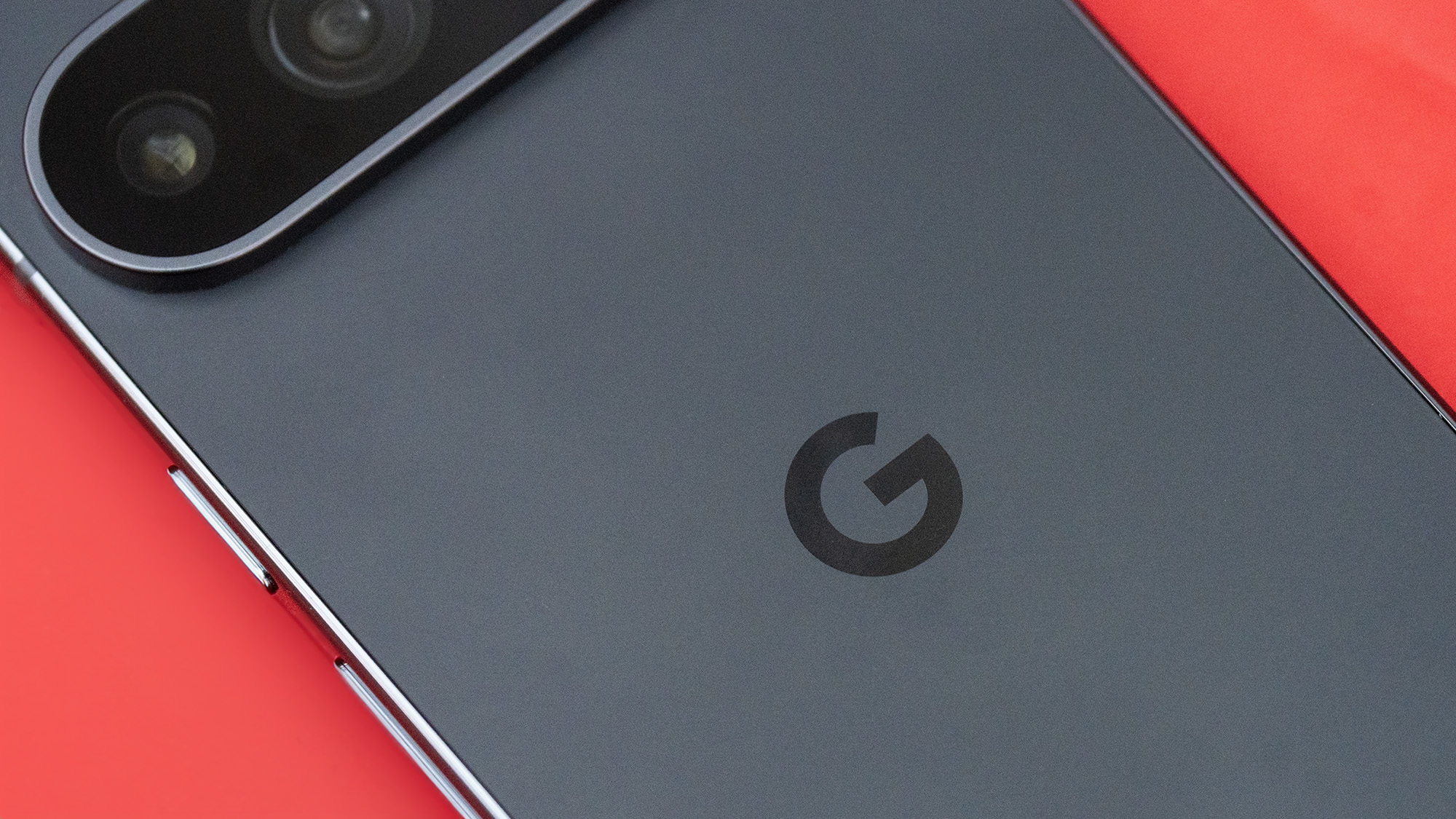
CPU: Google Tensor G4
Graphics: Mali-G715 MC7
Memory: 16GB
OS: Android 15
Screen size: 6.3in LTPO OLED
Resolution: 1280x2856px
Refresh rate: 120Hz
Storage: 128GB - 1TB
Cameras: 50MP f/1.7 wide, 48MP f/2.8 5x periscope zoom telephoto, 48MP f/1.7 ultrawide, 42MP f/2.2 front-facing ultrawide
Connectivity: Wi-Fi 7, Bluetooth 5.3, Ultra-wideband, NFC, USB 3.2 Gen 2
Dimensions: 152.8 x 72 x 8.5 mm
Weight: 199g
It’s one of several decisions that makes the Pixel 9 Pro an extremely easy phone to live with, one that you can see yourself using for a long time (it’s good for seven years of OS and security updates, some of which may bring new features) and eminently pocketable.
The screen is a bright and beautifully colourful OLED with a fingerprint sensor and enough resolution to be plenty sharp without bogging down the GPU. It’s another of those sensible choices, lavishing attention on the part of the phone you interact with the most without draining the battery too much or making it feel sluggish. It’s still a 6.3-inch screen designed to be used in portrait mode, though, so it’s sub-optimal for working on.
Google is said to be working on a desktop mode with proper window management akin to Samsung’s DeX mode - so you can hook it up to a portable monitor and use it like a Chromebook - but even with Android 15, it has yet to make its debut as anything other than a developer option for beta-testing.
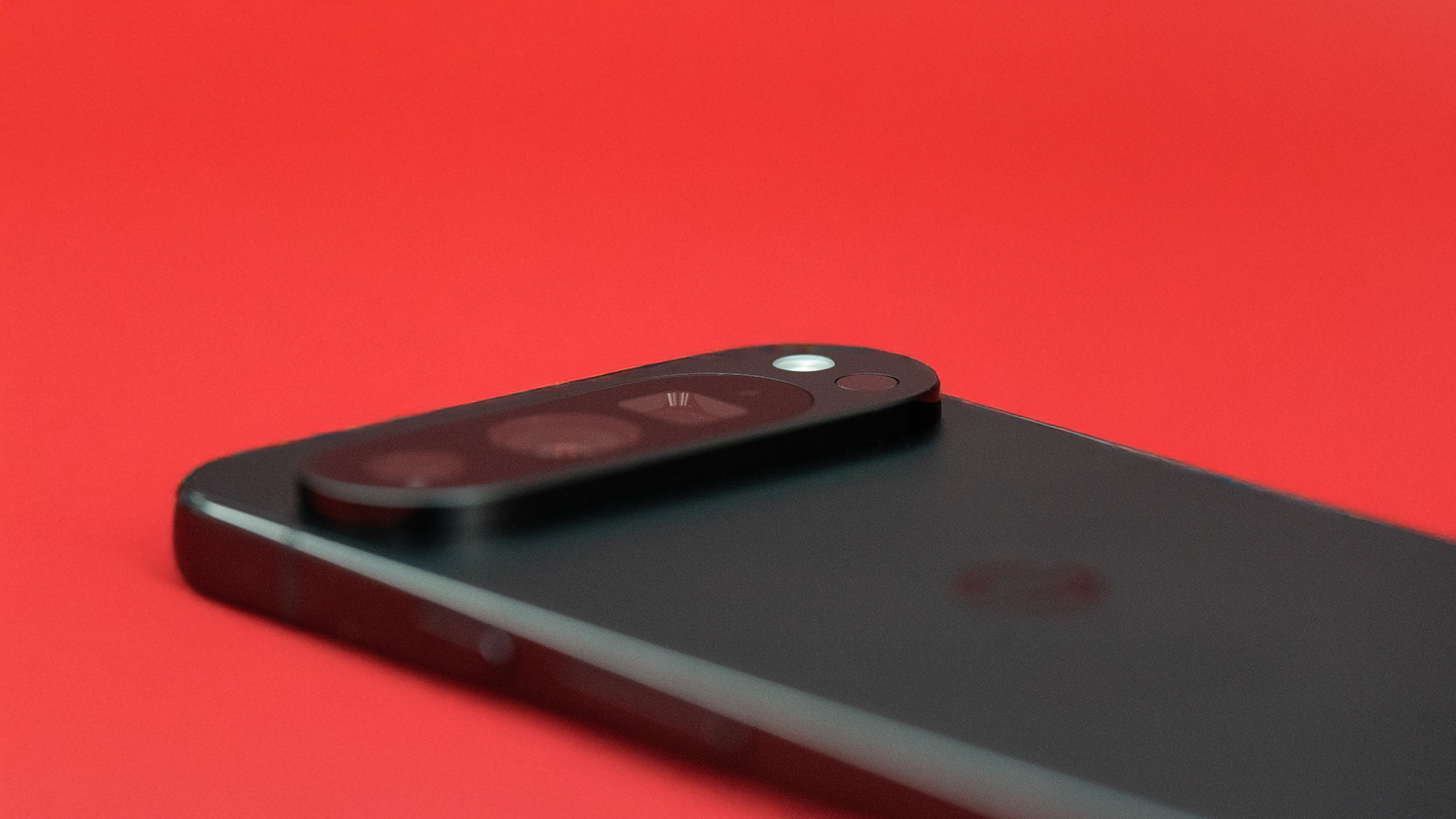
Features
AI is of course the big news right now, and while the Pixel 9 Pro comes with Android 14 installed, it quickly updates itself to Android 15 and inherits the newest features from Big Daddy Google. Inside the Tensor G4 processing cluster that drives the phone, you’ll find an NPU to handle the machine-learning heavy lifting. It all looks largely unchanged since the Tensor G3 in the Pixel 8 phones (though that was a nine-core chip and the G4 ‘only’ has eight, but they’re a bit faster) with a small bump in clock speed for the G4’s GPU. What matters more is that the G4 is paired with 16GB of RAM, the same amount Apple has only just started putting in its laptops as standard, and AI apps love RAM.
Many AI apps come integrated into Android 15, so you get Add Me to blend together two photos with an AR overlay to help get them lined up, so photographers never need to worry about not appearing in photos they’ve taken. There's Reimagine too, part of the Magic Editor tool, which can completely change the composition of an image, adding and removing elements as you want. This is a very weird thing to use, and makes you wonder what it’s going to be like in a few years time when the technology has matured, become accepted, and improved.
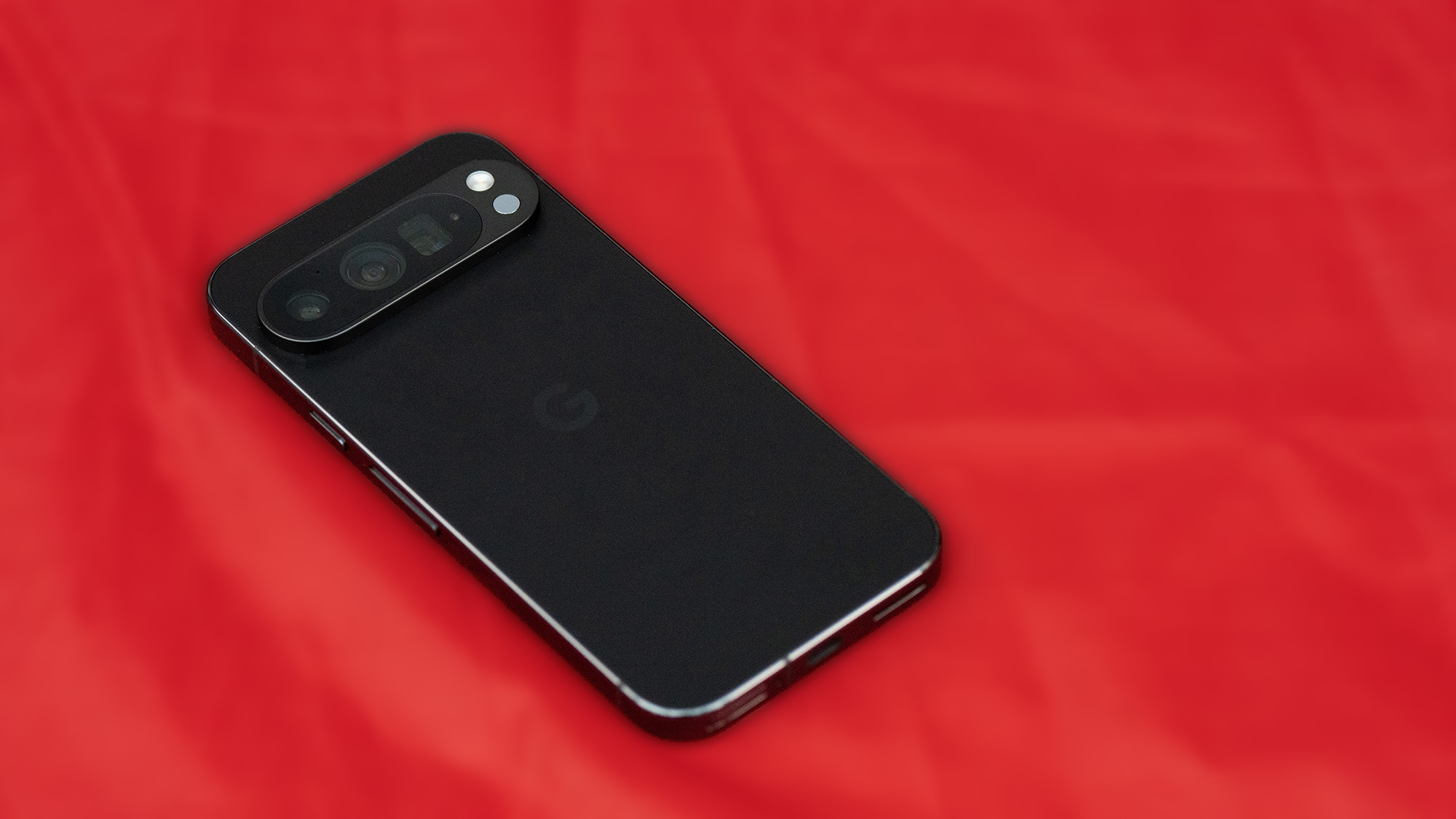
It’s not all photos. The phone comes with a year’s subscription to Gemini Advanced, so you can have a voice conversation with Google’s chatbot instead of typing. It will summarise your emails, help you make lists and transcribe your phone calls if you let it. AI is everywhere in Android 15, and it’s only going to get more integrated from here on.
The camera system on the Pixel 9 Pro is the same as its larger brother, the Pixel 9 Pro XL, an unusual decision as it’s one way manufacturers like to differentiate their lines and nudge you toward buying the next one up. People love camera phones, however, and if you’re going to sell your AI software on its image-manipulation abilities, then it makes sense to provide it with the best images possible. So we get a full set of 50MP-adjacent sensors, apertures no smaller than f/2.8, phase-detection autofocus on all lenses and optical image stabilisation on everything except the ultrawide. It’s probably the best camera cluster available on a phone this size, and produces good results. The 5x periscope zoom, in particular, is excellent.
Then there's charging. Able to accept 27W through its USB-C port, and able to wirelessly charge at 21W if you’ve got the right stand, the Pixel 9 Pro is able to juice up pretty fast. Battery life clocks in at about 15 hours, which is an easy all-day capacity and will run nicely into two, especially if you use it sparingly.
Sample images



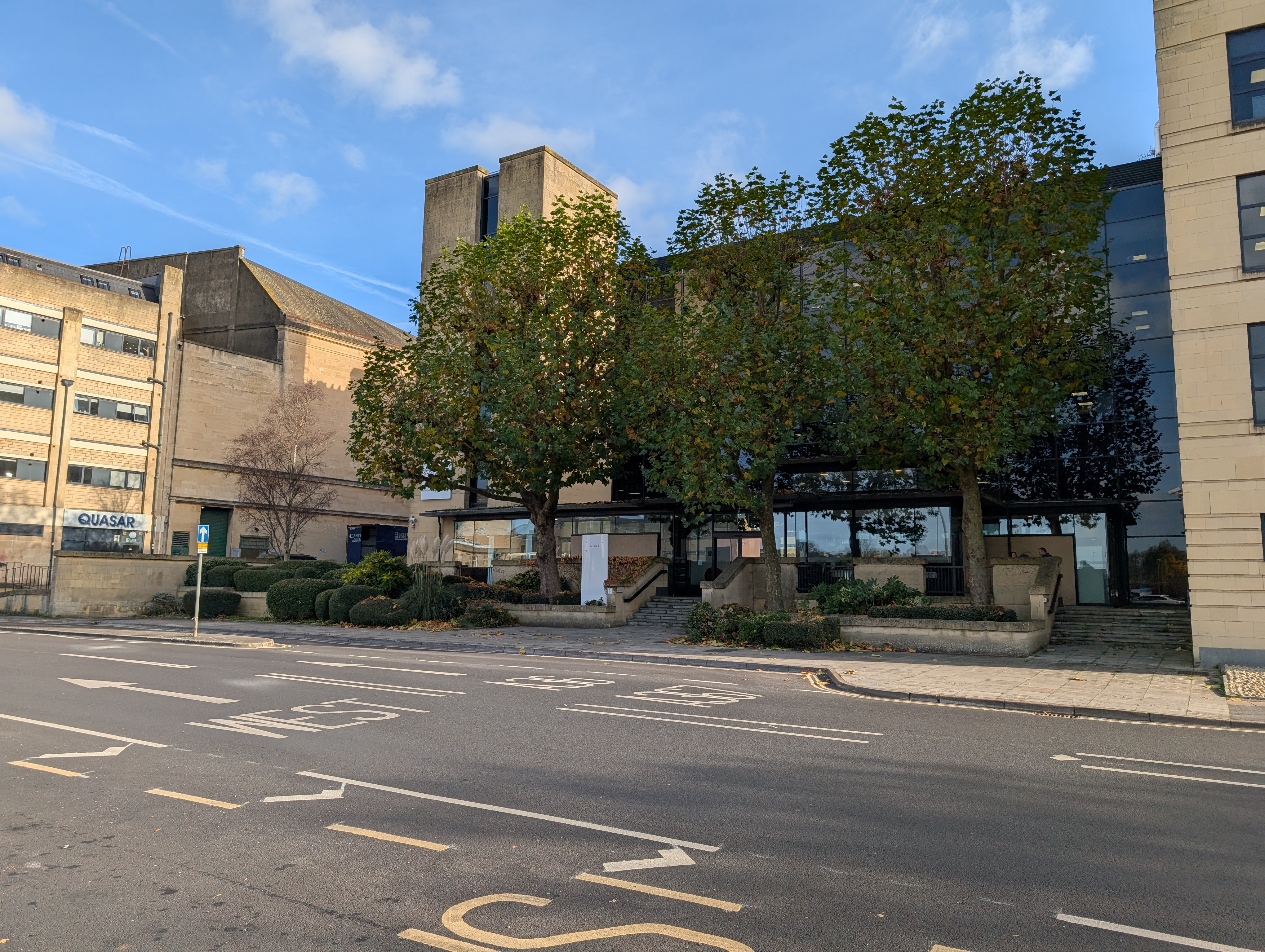




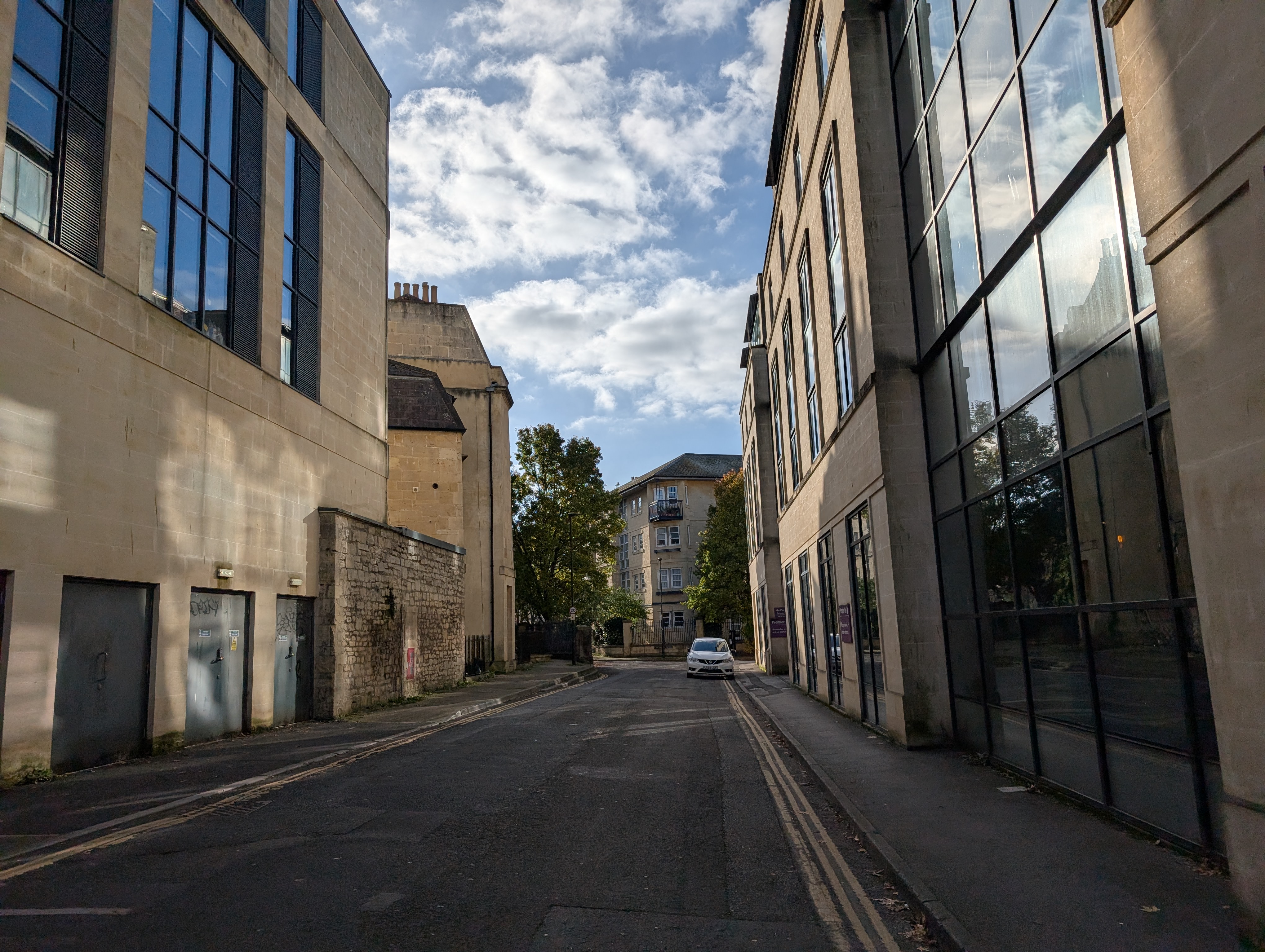

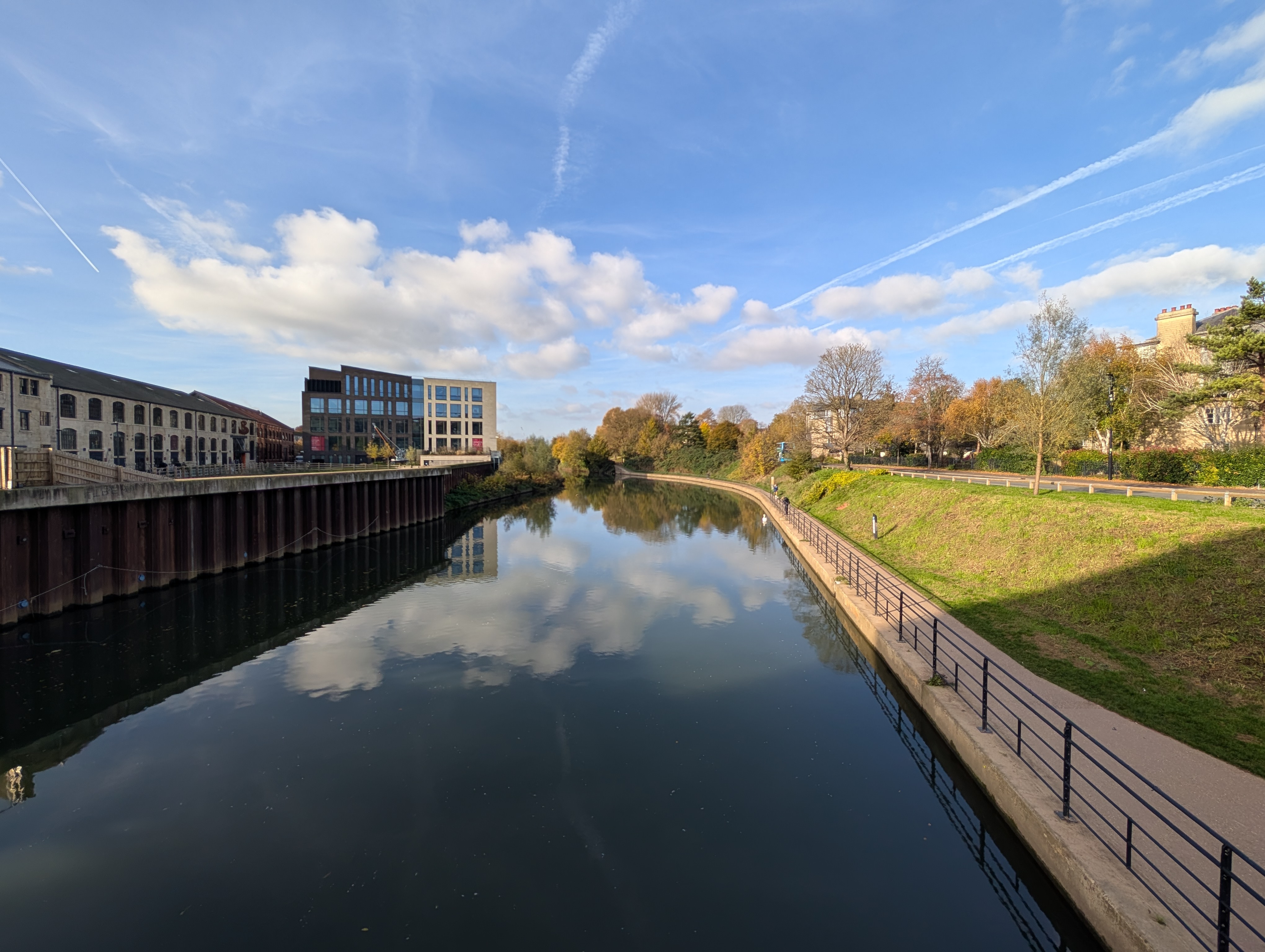




Performance
The Pixel 9 Pro’s benchmark results are a bit unusual. We ran them twice, just to be sure, then looked up online charts to check we weren’t hallucinating. Despite the Tensor G4 processor boasting all the sort of tech you’d expect in a 2024 flagship (eight cores, one of them particularly hot, 16GB of RAM and varying amounts of UFS 3.1 storage) it posts scores lower than you might expect.
| Geekbench 6 | Row 0 - Cell 1 |
| Single-core | 1956 |
| Multi-core | 4819 |
| PC Mark 10 | Row 3 - Cell 1 |
| Modern Office test | 12907 |
| Battery life | 14h 56m |
Its Geekbench 6 result of 4819 using all cores doesn’t look good against the Samsung Galaxy S24 Ultra’s result of 7084, the Sony Xperia 1 VI’s 6526, and the iPhone 16 Pro’s 8410 in the same test. Four generations ago, the 1st-gen Tensor in the plain old Pixel 6 was posting a score of 3172, so there has been some improvement, but given the snappy nature of the Pixel 9 Pro in use, there must be something else going on here. It certainly doesn’t lag like a budget or outdated phone would.
Back in August, Google claimed that the Tensor G4 had been built with efficiency in mind rather than raw power, and that it wasn’t going to beat benchmarks. This is, in many ways, a commendable position to take - phones are already plenty powerful enough for the things we use them for, and what they’re mainly good for these days is running loads of apps at the same time and swapping between them as the whim takes us.
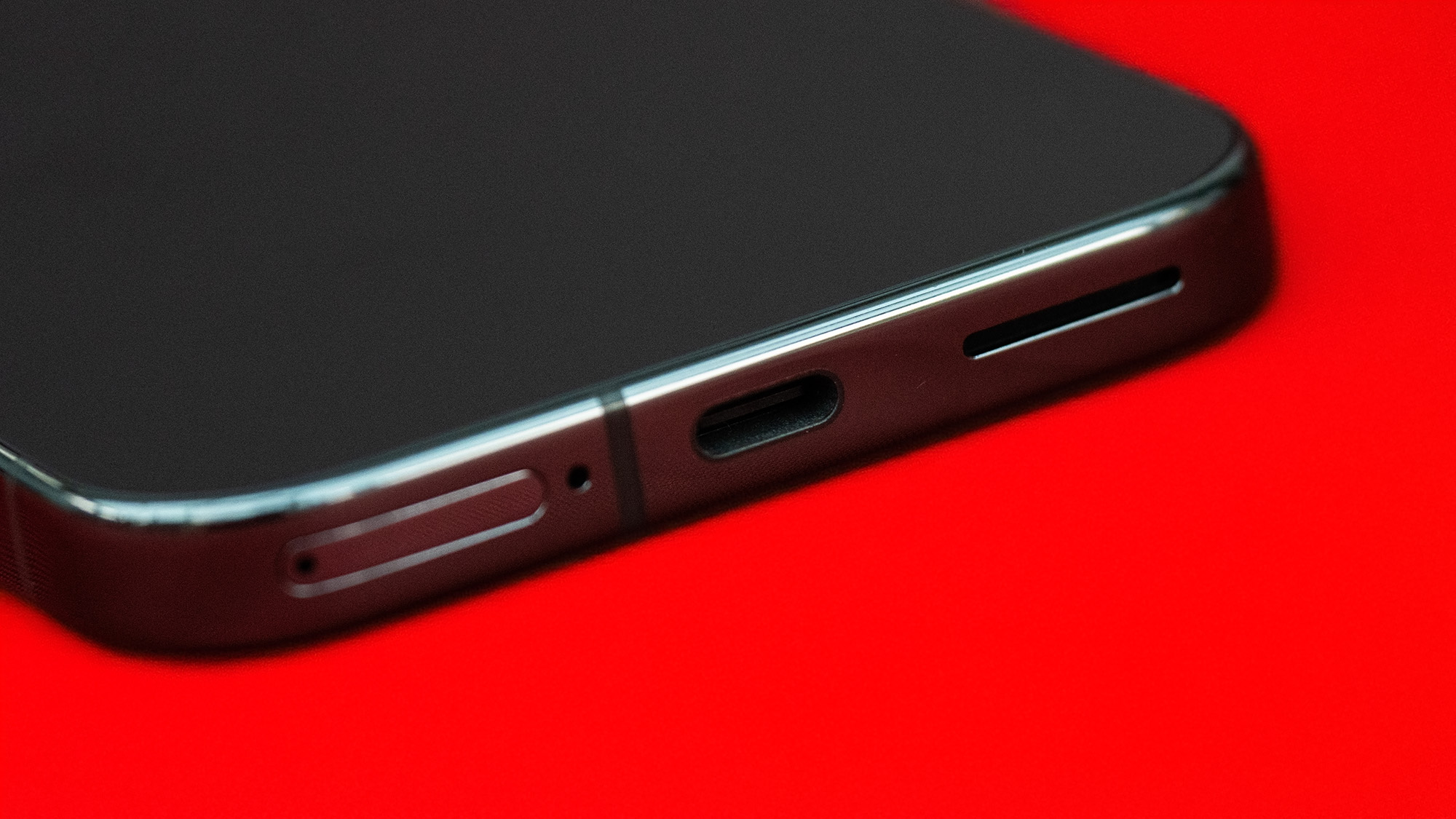
The Pixel 9 Pro can, of course, do this. Its vapour chamber cooling system means you can push it quite hard without hitting a thermal throttling limit, and it rampages through games as hard as it does with video and photo apps. Does the perceived lack of power compared to other phones matter? Probably not. In our use of the Pixel 9 Pro, we weren’t able to trip it up, the Android apps just aren’t there to fill up its 16GB of RAM beyond the latest 3D games, which are going to run out of GPU power before they reach the end of the memory. Google’s focus on efficiency rather than larger numbers seems to have paid off.
Price
At $/£999, the Pixel 9 Pro is expensive, sure, but it’s also in about the same sort of place as all the other 2024 flagship smartphones. An iPhone 16 Pro or Samsung Galaxy S24+ cost exactly the same amount. You get a lot for your money, especially with the new toys Android 15 brings with it, and as it’s a phone that could last seven years the outlay starts to look less outrageous. Still, you could pick up two phones from the likes of Motorola (or budget Samsungs) for the same price, and you’d be able to replace that after three years without feeling the same kind of guilt you’d feel for sending a flagship to the recycling early.
Who is it for?
Flagships are always good all-rounders, and with the upgraded cameras the Pixel 9 Pro brings with it it’s easy to see this phone coming into its own as the kind of visual notebook many creatives like to keep. The fact that it’s not a huge XL variant means it’s going to find a home in pockets, fashionable bags and other places the larger phones couldn’t fit, and it’s highly capable choice for everyday use, streaming, gaming and doing clever AI tricks.
Should I buy it?
Buy it if:
You’re in the market for a new flagship phone
You don’t want an XL model
You want some of the best cameras
Don’t buy it if:
You’d prefer something cheaper
You’d prefer something bigger
You’re an Apple fan
Also consider
The only choice for some people. Apple’s cameras are improved this year, and loom larger on the back of the device.
Huge, powerful and expensive, the S24 Ultra offers a periscope zoom and a gorgeous screen to use it with
out of 10
In the Pixel 9 Pro, Google has created a phone that’s easy to handle and easy to use. It may not be riding high at the top of the benchmark charts, but that doesn’t really matter as it works smarter rather than harder. The latest version of Android brings a lot of AI with it, but it can be ignored most of the time, and when you do use it it can feel like magic. A flagship phone is a big investment, so props to Google for making something long-lasting as well as flashy.

Ian Evenden has been a journalist for over 20 years, starting in the days of QuarkXpress 4 and Photoshop 5. He now mainly works in Creative Cloud and Google Docs, but can always find a use for a powerful laptop or two. When not sweating over page layout or photo editing, you can find him peering at the stars or growing vegetables.
